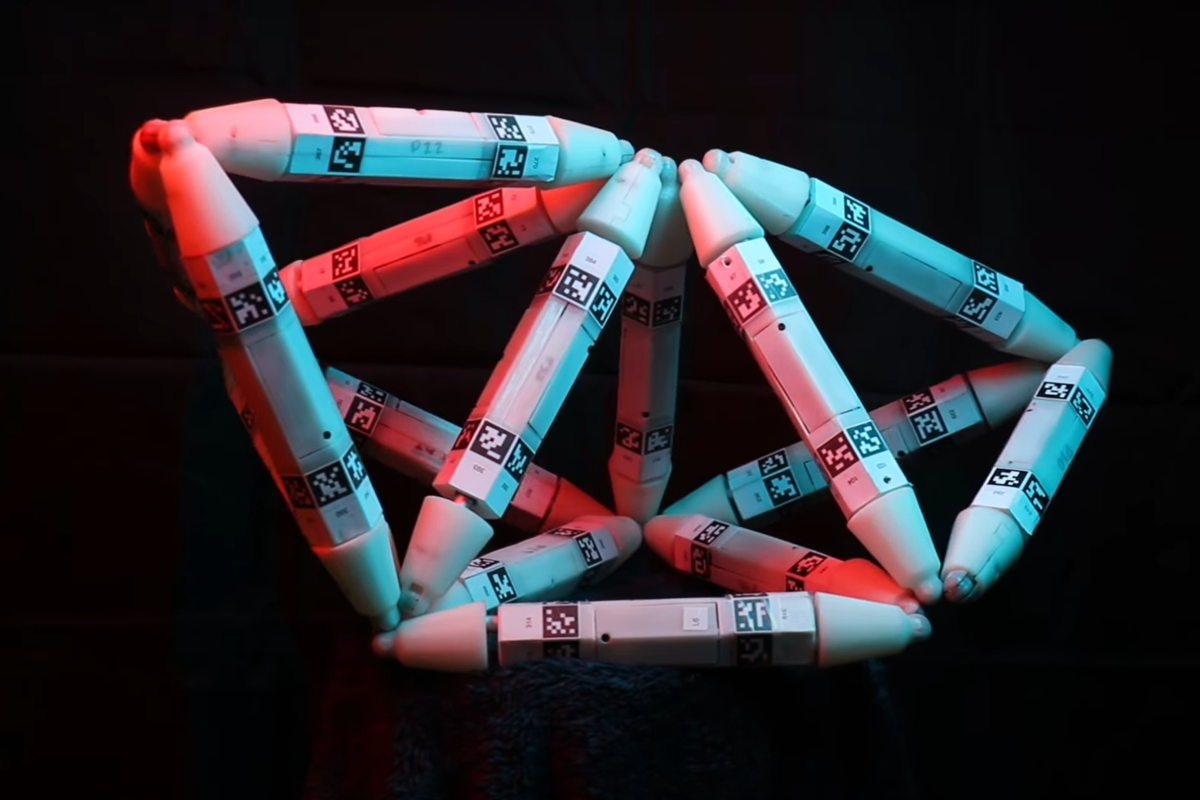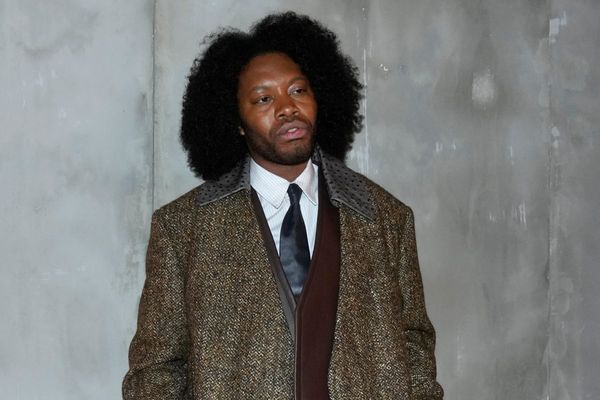
Scientists have built a robot that grows and heals by consuming other robots.
The development heralds a new era of self-sustaining machines and an “entirely new dimension of autonomy” for artificial intelligence, according to the team from New York’s Columbia University who created it.
"True autonomy means robots must not only think for themselves but also physically sustain themselves," said Philippe Martin Wyder, lead author and researcher at Columbia Engineering and the University of Washington.
"Just as biological life absorbs and integrates resources, these robots grow, adapt, and repair using materials from their environment or from other robots."
The cannibal robots work through a process referred to as “robot metabolism”, which allows them to absorb and reuse bits of other robots.
The team showed off this new paradigm through a robotic magnet stick, dubbed the Truss Link, that can expand, contract and attract to other modules.
The robot is able to self-assemble and increase its performance by adding new bits, or discard old parts that have run out of battery or no longer serve a function.
One example shows a tetrahedron-shaped robot integrate a new Truss Link to use as a walking stick in order to increase its speed by more than 50 per cent.
“Robots provide a digital interface to the physical world, and give legs to AI,” stated a video produced by Columbia Engineering school.
“Through adaptable robot bodies, AI could in the future assist us in exploring the depths of the oceans, save lives during natural disasters, help us colonise new planets and support us in our daily lives.
“Robot metabolism shows a path to a new kind of machine – one that not only learns, but also grows.”
The research was published in the journal Science Advances, in a study titled ‘Robot metabolism: Toward machines that can grow by consuming other machines’.
"Robot metabolism provides a digital interface to the physical world and allows AI to not only advance cognitively, but physically – creating an entirely new dimension of autonomy," said Dr Wyder.
"Initially, systems capable of robot metabolism will be used in specialized applications such as disaster recovery or space exploration. Ultimately, it opens up the potential for a world where AI can build physical structures or robots just as it today writes or rearranges the words in your email."







